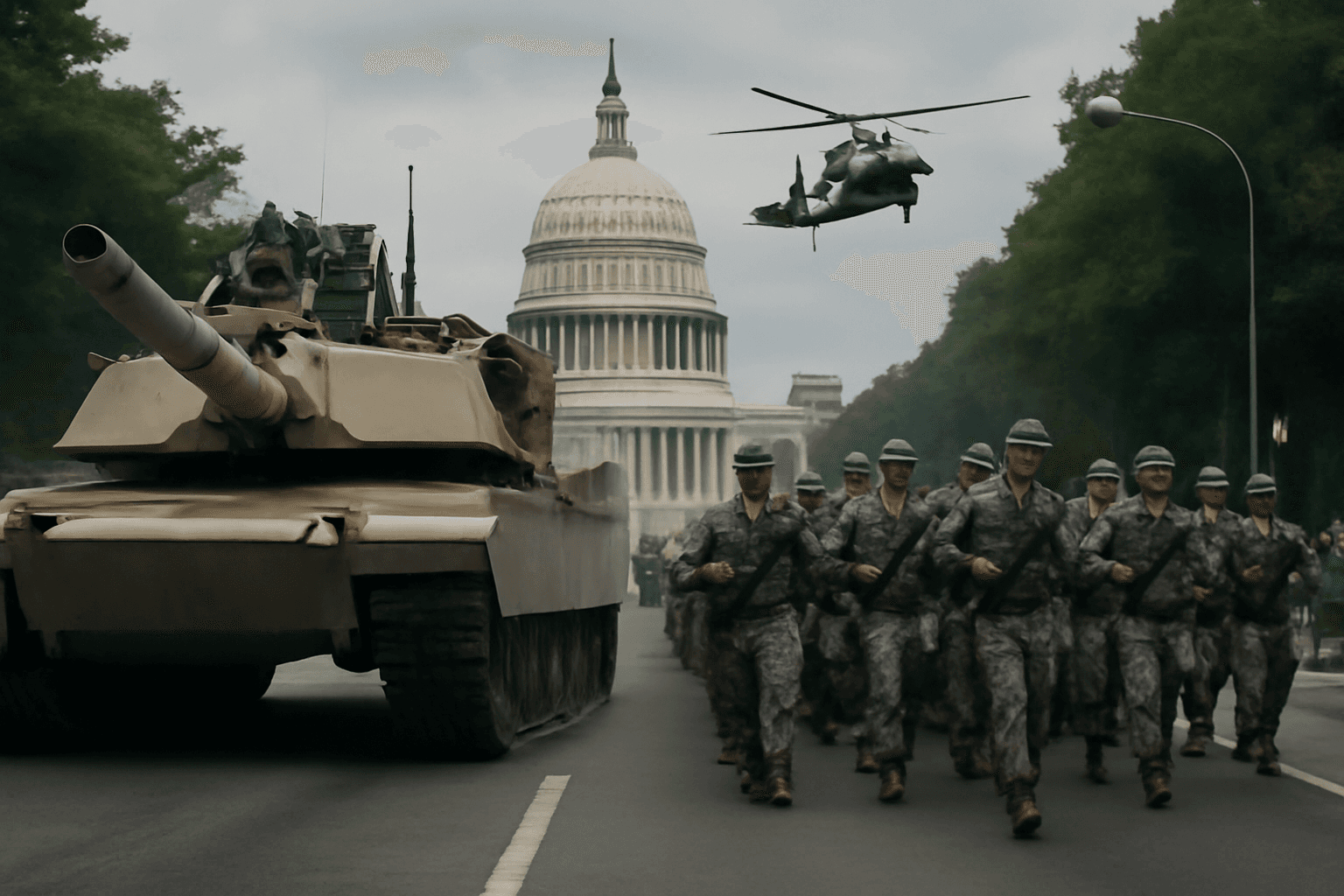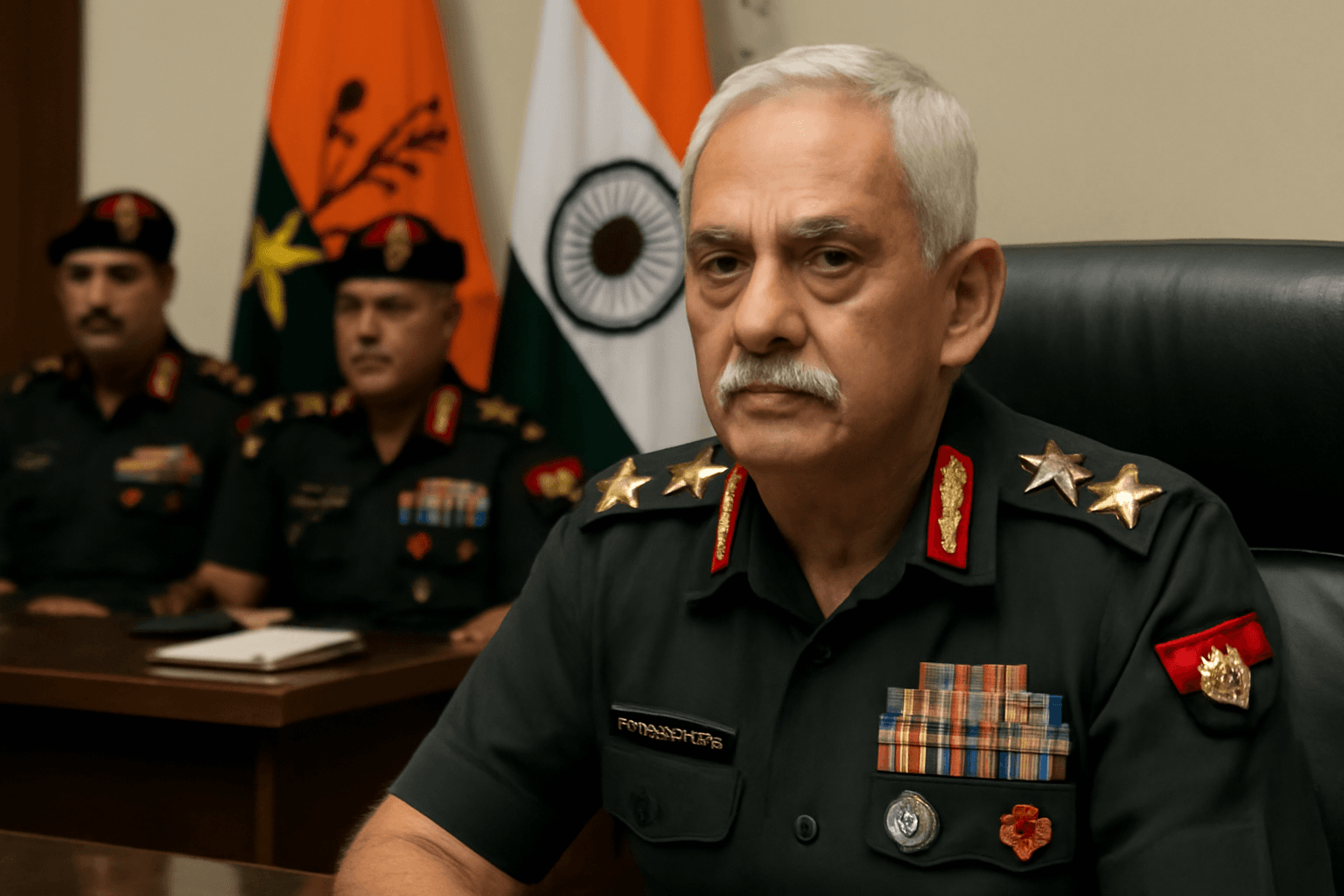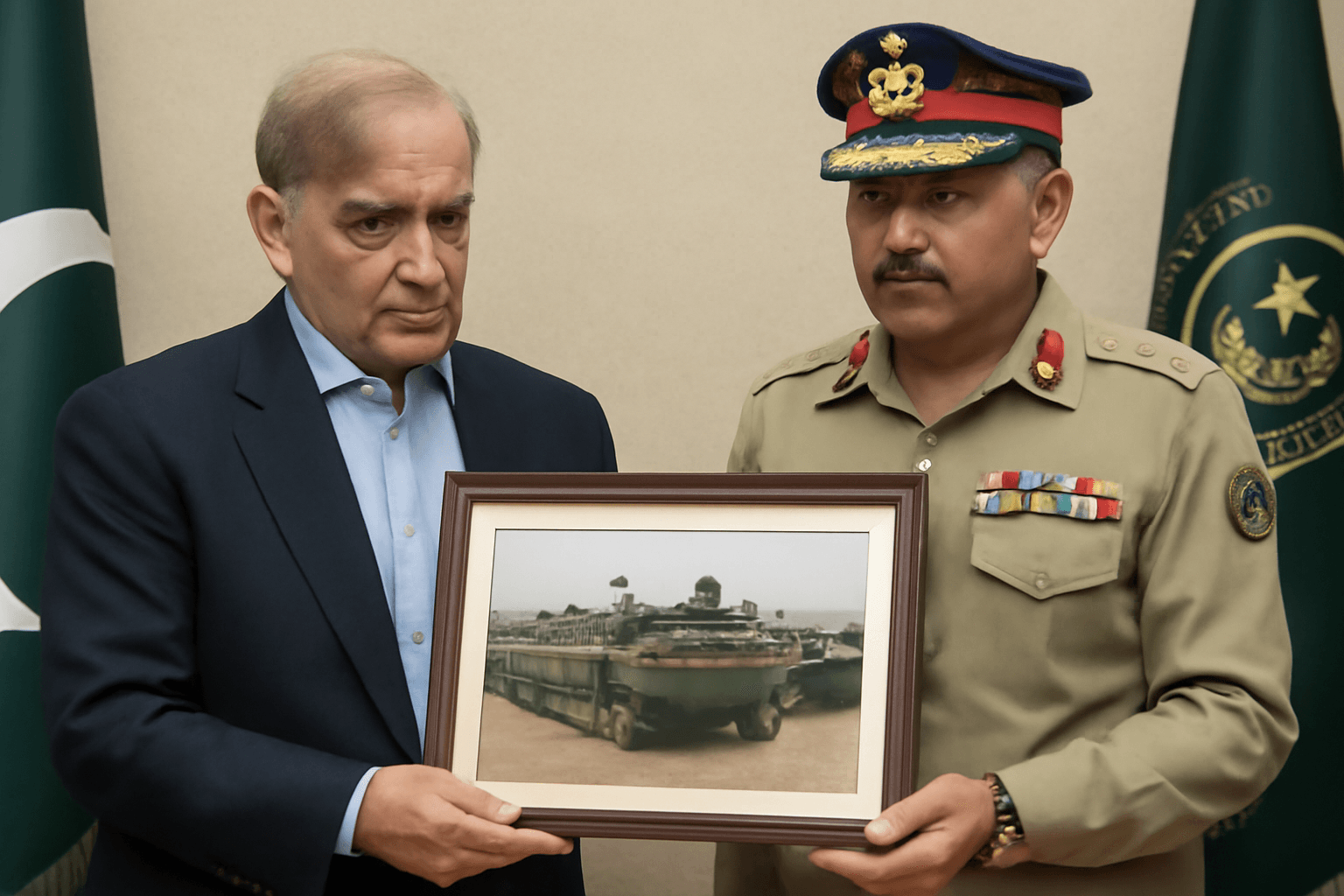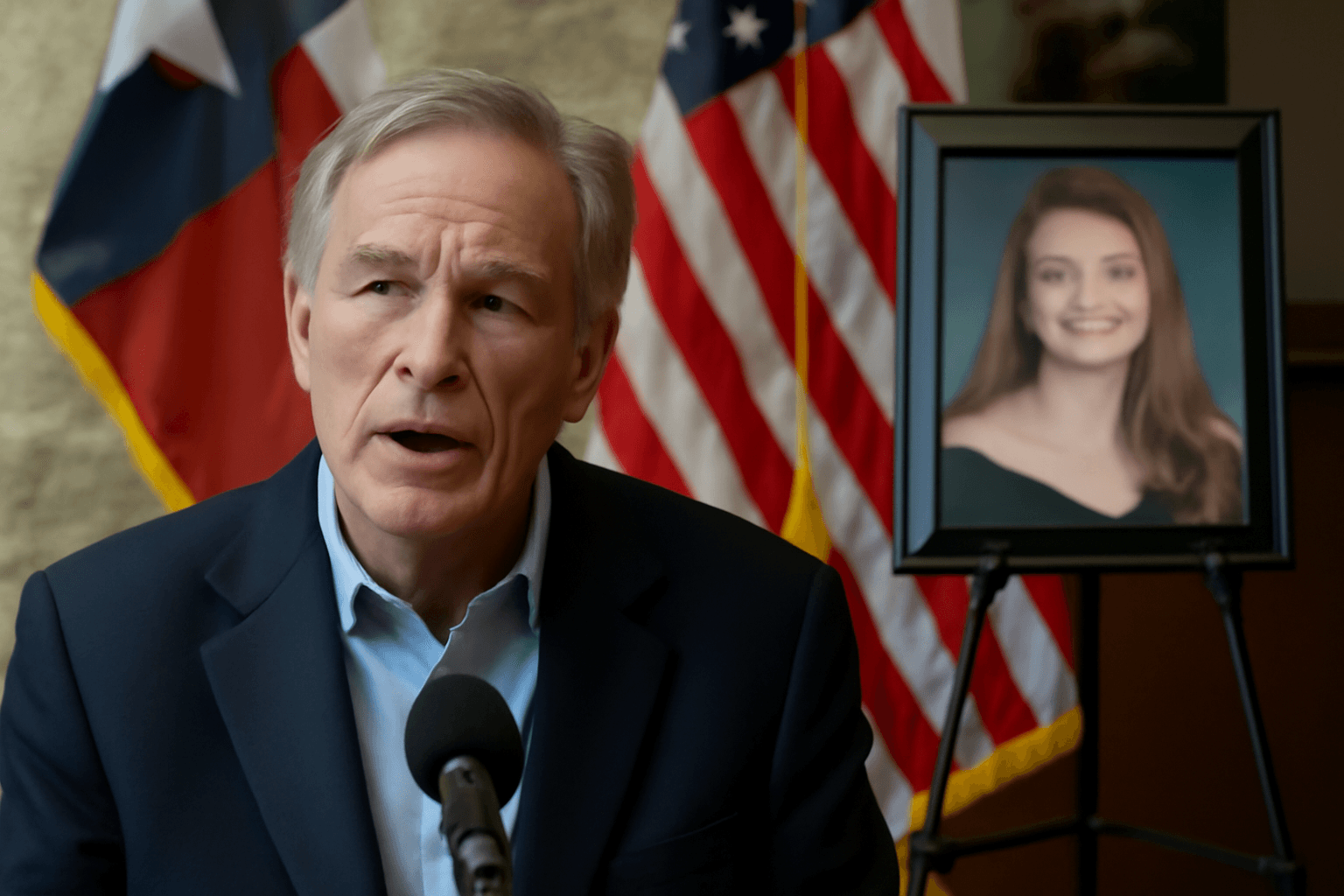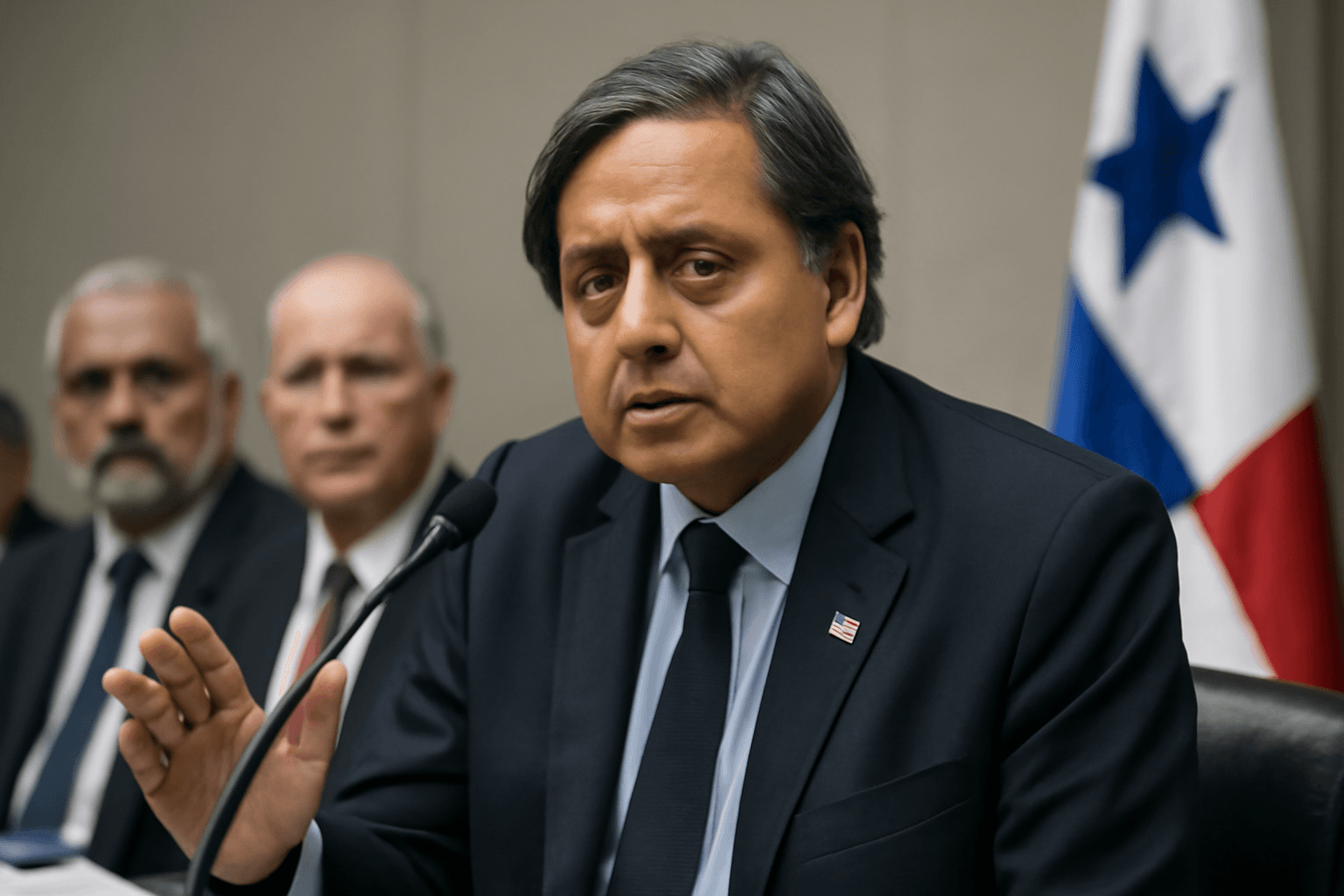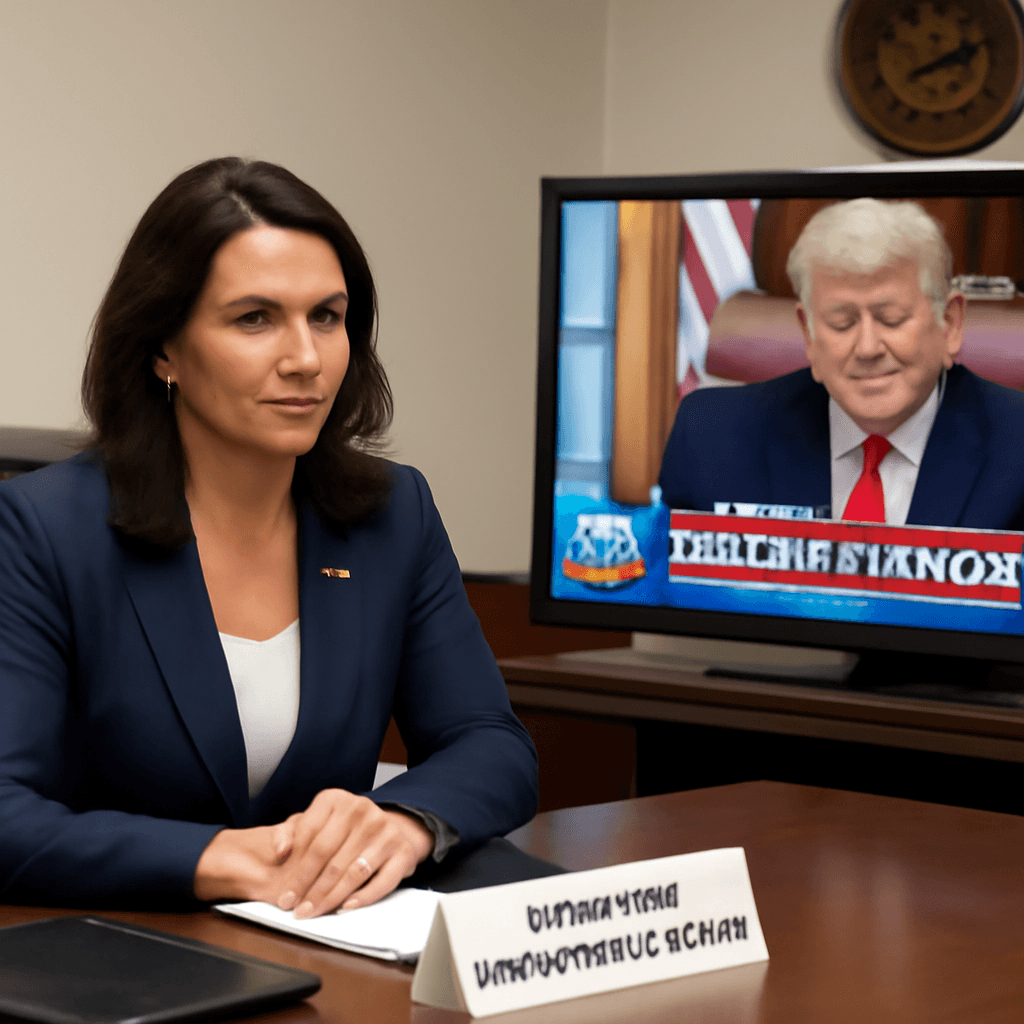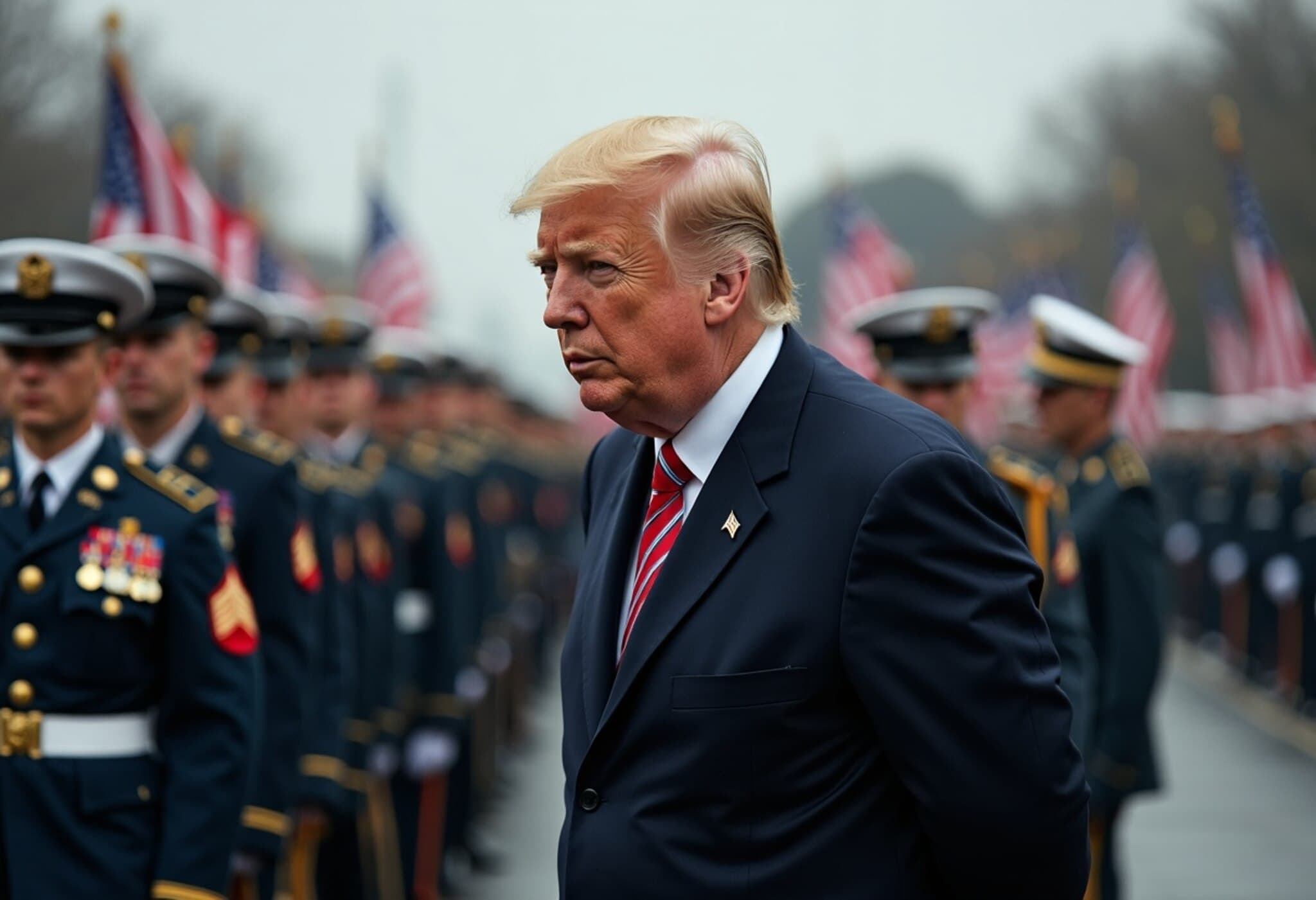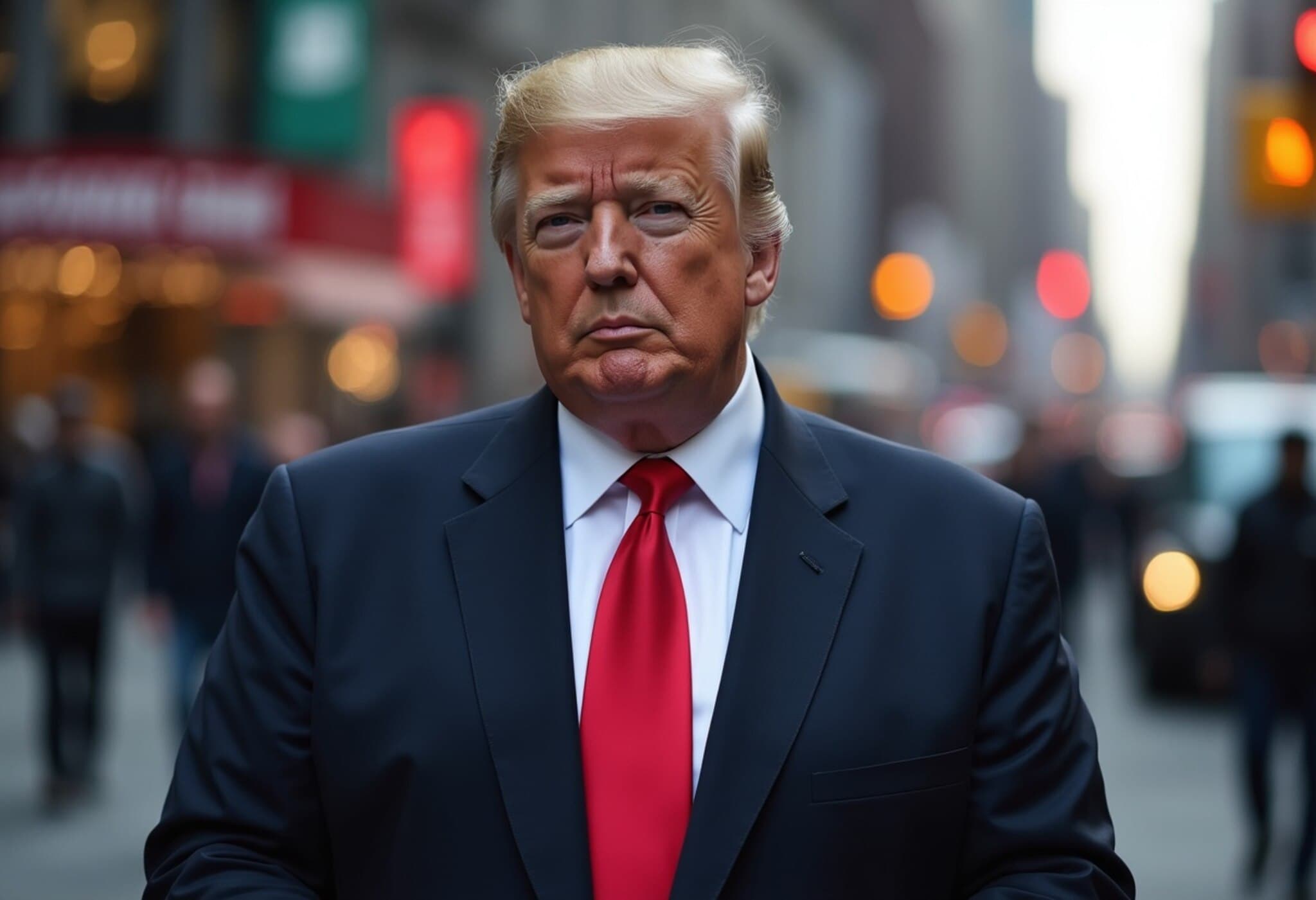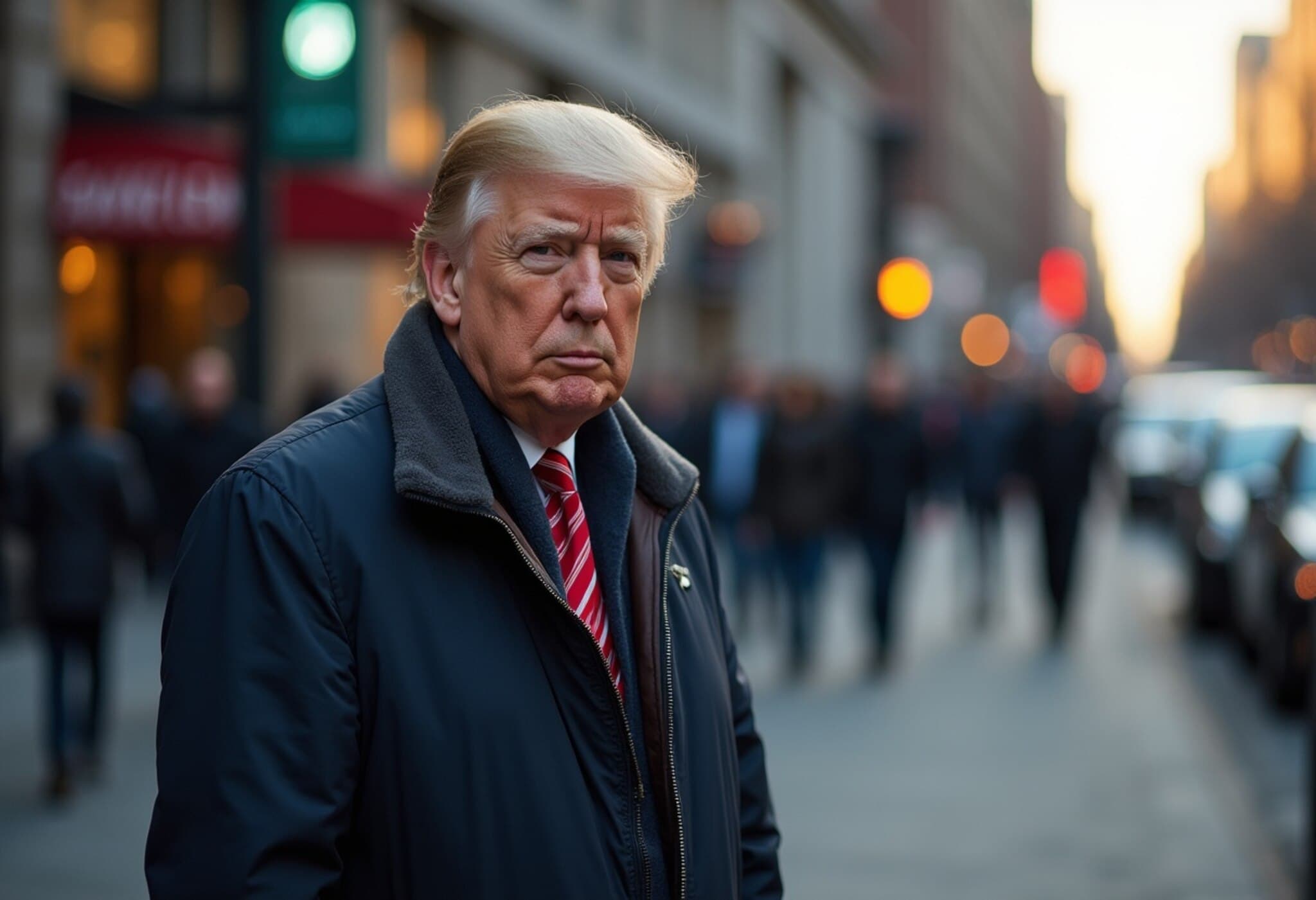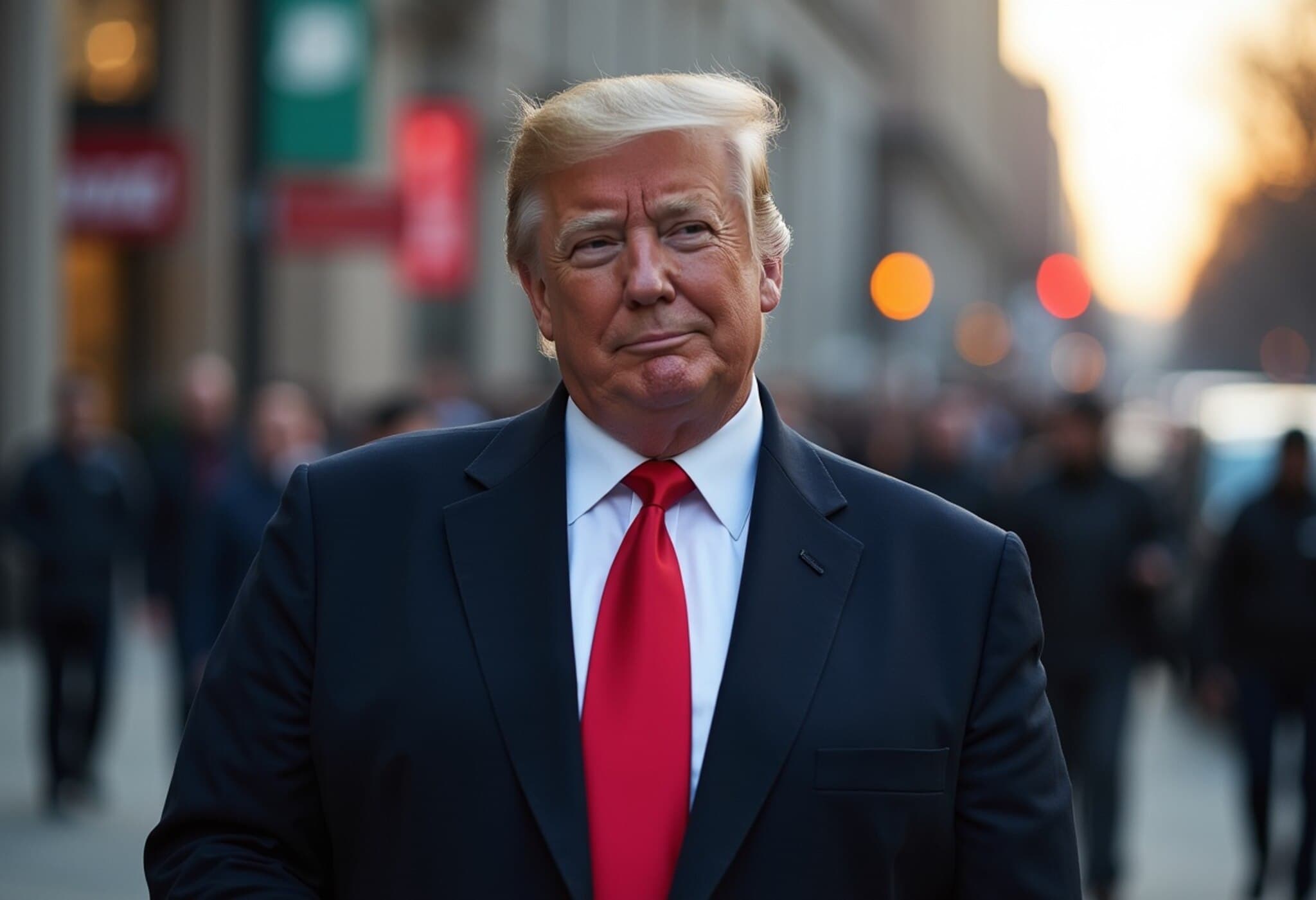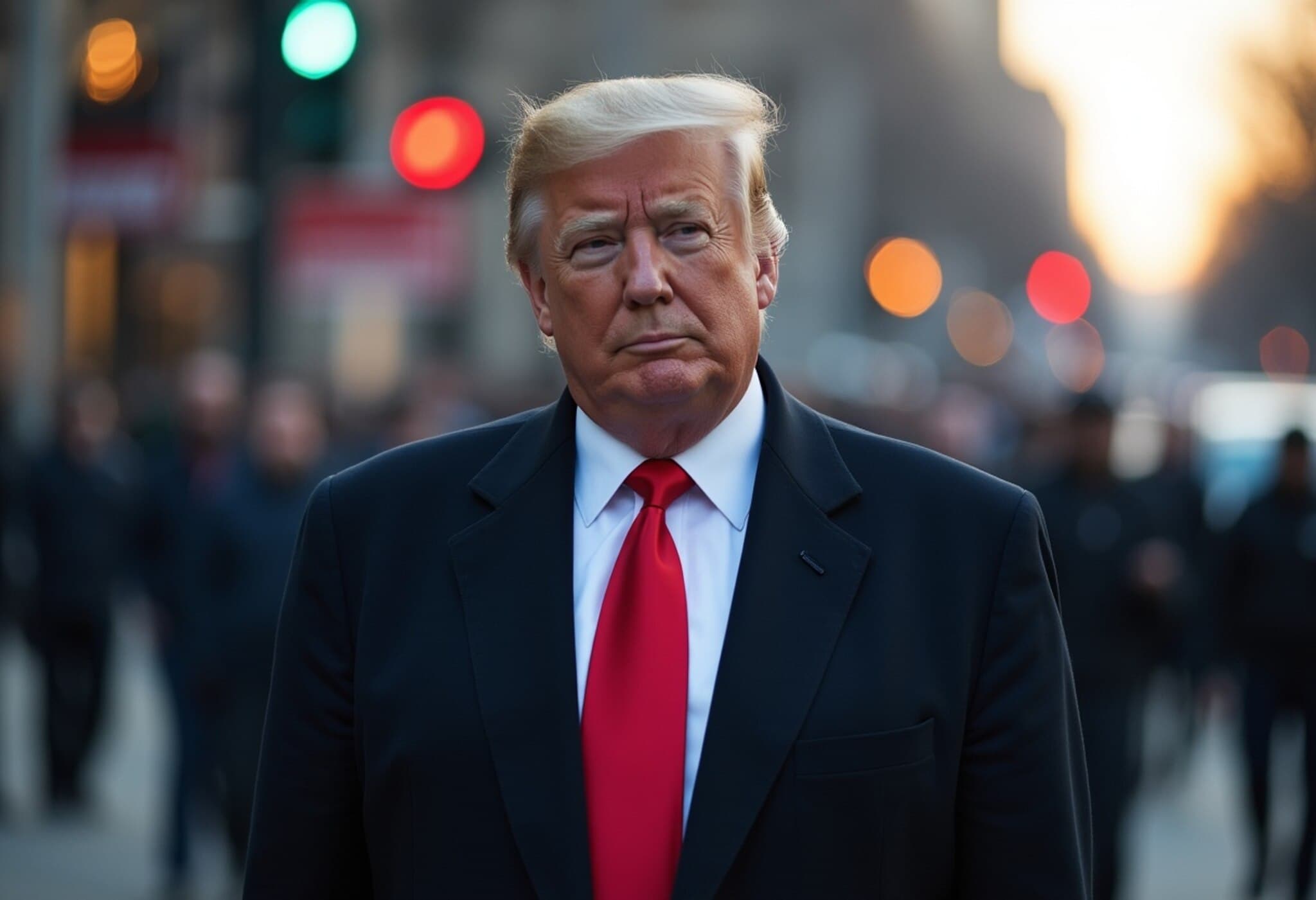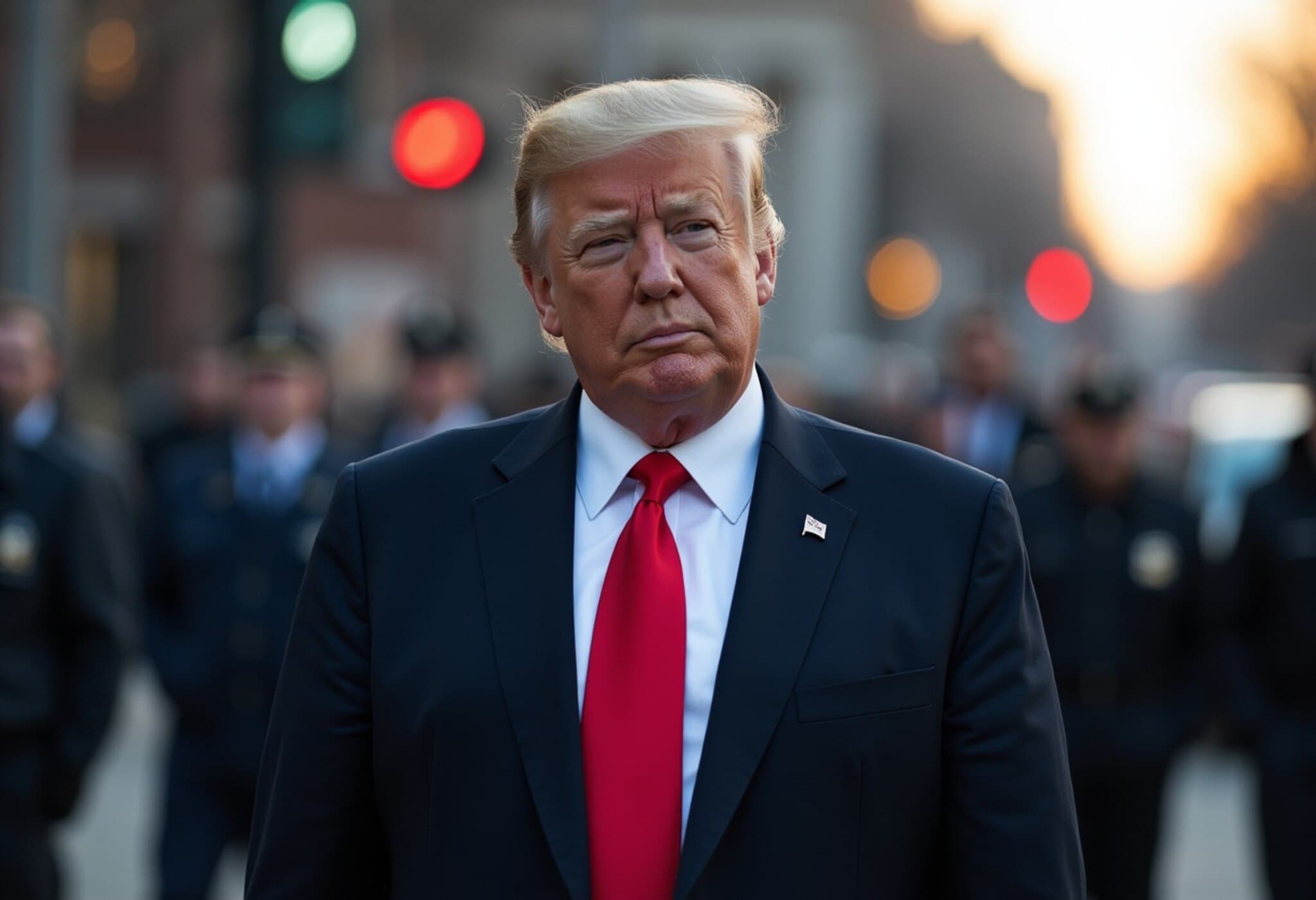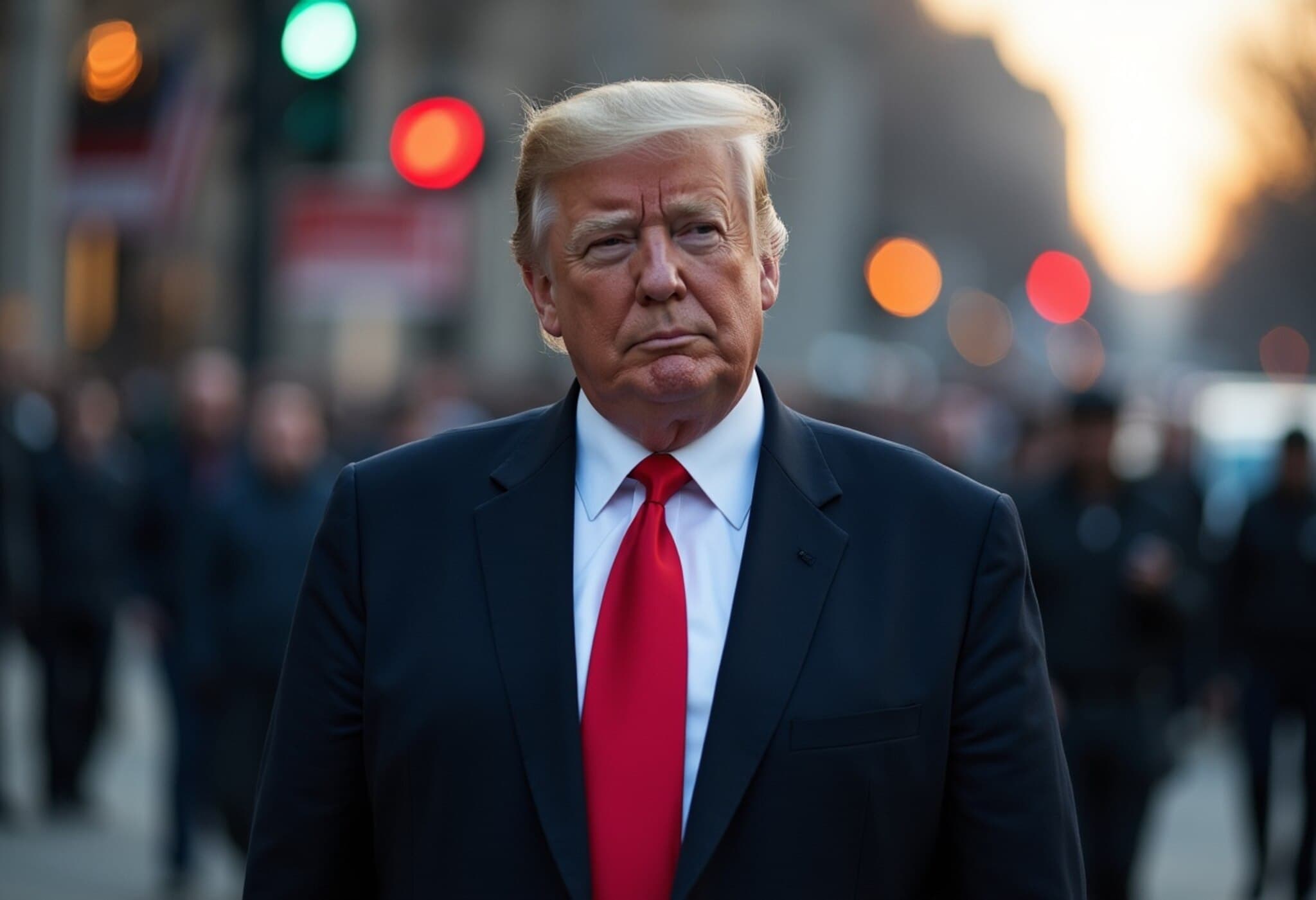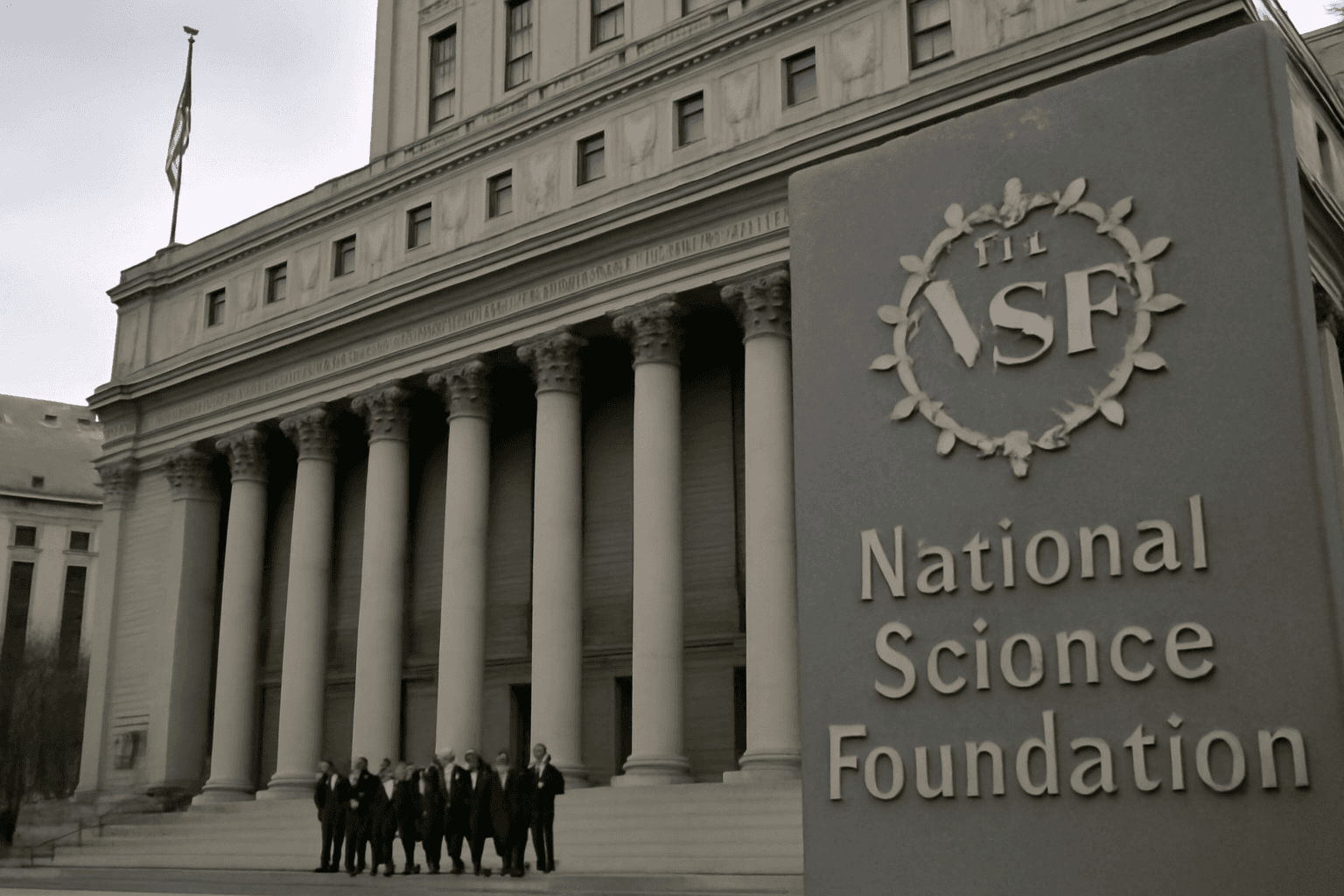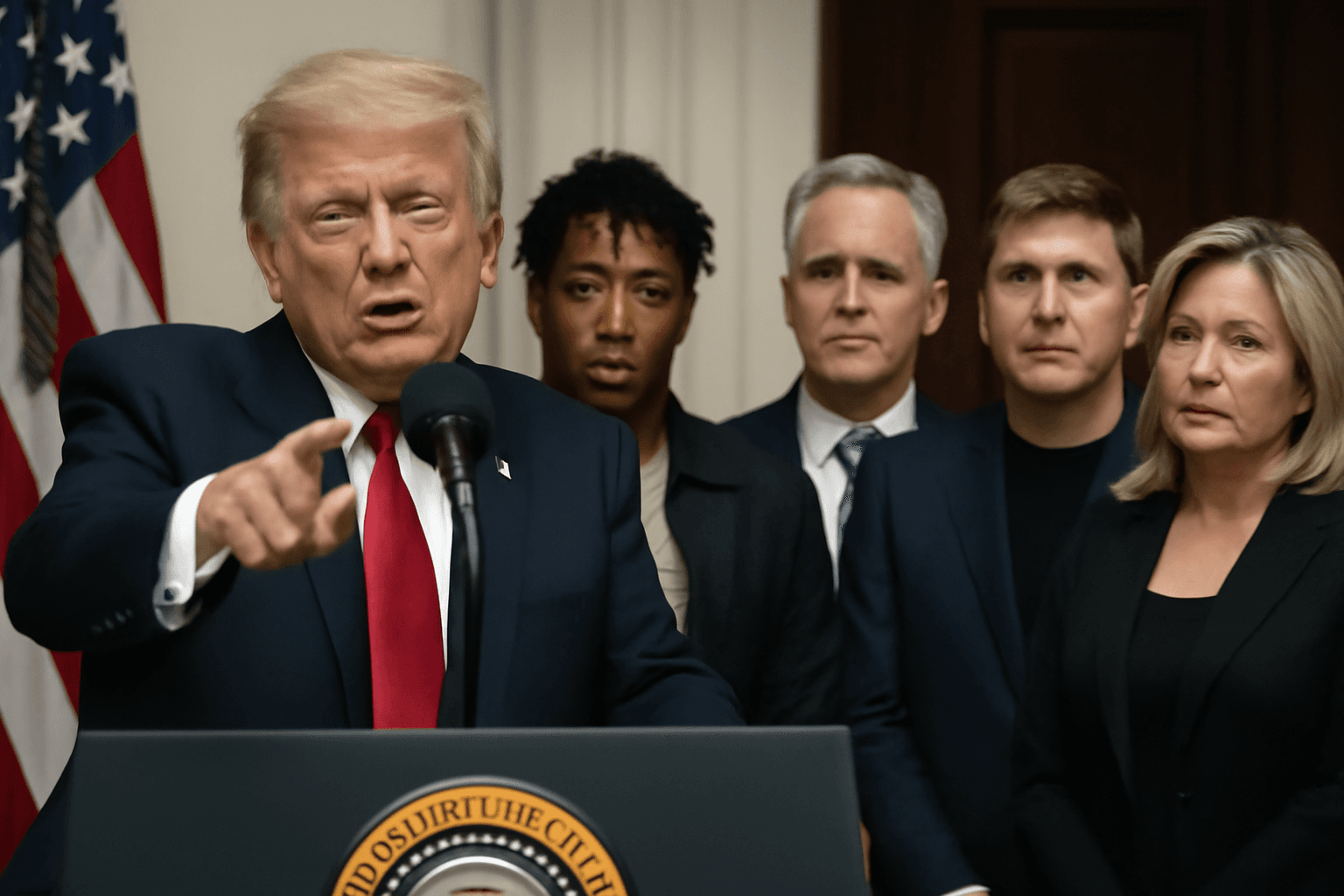WASHINGTON — President Donald Trump will finally see the military parade he desired during his first term take place in Washington, D.C., scheduled for June 14, coinciding with both the Army’s 250th birthday and the president’s 79th birthday.
Unlike the initial resistance from Pentagon leadership during Trump’s first term, his second term sees a shift in stance, with military officials now supporting the event. The parade promises to be a grand spectacle, featuring 28 M1A1 Abrams tanks weighing 70 tons each, 28 Stryker armored personnel carriers, over 100 additional military vehicles, 50 helicopters, 6,700 soldiers, a World War II-era B-25 bomber, 34 horses, two mules, and a dog.
Cost estimates range from $25 million to $45 million, not including expenses related to street repairs, cleanup, and police presence. While small in comparison to the proposed $1.01 trillion Pentagon budget for fiscal year 2026, critics argue that the expenditure is conspicuous amid federal cuts in education, health, and social services. An Army spokesperson emphasized the historic significance of the military’s service and sacrifice as justification for the celebration.
Officially, the event is framed as the Army's birthday parade rather than a celebration of President Trump, marking 250 years since the Continental Army was established on June 14, 1775. Unlike the subdued 200th anniversary in 1975, when the nation was still grappling with Vietnam War aftermath, this event aims for a large-scale public display on the National Mall and Constitution Avenue.
The parade route will pass in front of a viewing stand near the White House. Troops will be housed in government buildings, sleeping on military cots with their own sleeping bags. Noteworthy elements include 'Paladins'—large self-propelled howitzers—and troops dressed in historic uniforms from conflicts such as the War of 1812 and the Spanish-American War. Additional celebratory activities span festivals, postal stamp releases, military bands, and fun runs. Even an Army astronaut aboard the International Space Station is slated to participate remotely.
The notion of a military parade in Washington traces back to Trump’s 2017 visit to the Bastille Day parade in Paris, which inspired him to request a similar display in the U.S. However, Pentagon officials initially opposed the idea, viewing such parades as politically charged and likening them to authoritarian displays. Former Defense Secretary Jim Mattis and other senior officials resisted the proposal during Trump’s first term. Instead, smaller events like the 2020 July 4 'air parade' showcasing fighter jets were organized.
With new Pentagon leadership under Defense Secretary Pete Hegseth more amenable to Trump’s preferences, the parade has materialized. This shift raises concerns about politicizing the military. Experts like political scientist Risa Brooks warn that such spectacles portray the U.S. military as turning inward rather than focusing on external threats.
Historically, major U.S. military parades have commemorated the end of significant wars, such as the Civil War and World Wars, or notable presidential inaugurations during the Cold War, with the last large parade held over 30 years ago to mark the conclusion of the Gulf War.
Supporters argue the parade provides an opportunity for the public to connect with service members and appreciate the military’s role. Kori Schake, a defense policy expert, suggests that such visibility might boost public support and inspire recruitment.
Despite some internal resistance, the military is moving forward with the event, reflecting the current administration’s commitment to fulfilling the president’s wishes. As political scientist Peter Feaver notes, the military leadership today is more inclined to accommodate President Trump’s requests regardless of long-term implications.

